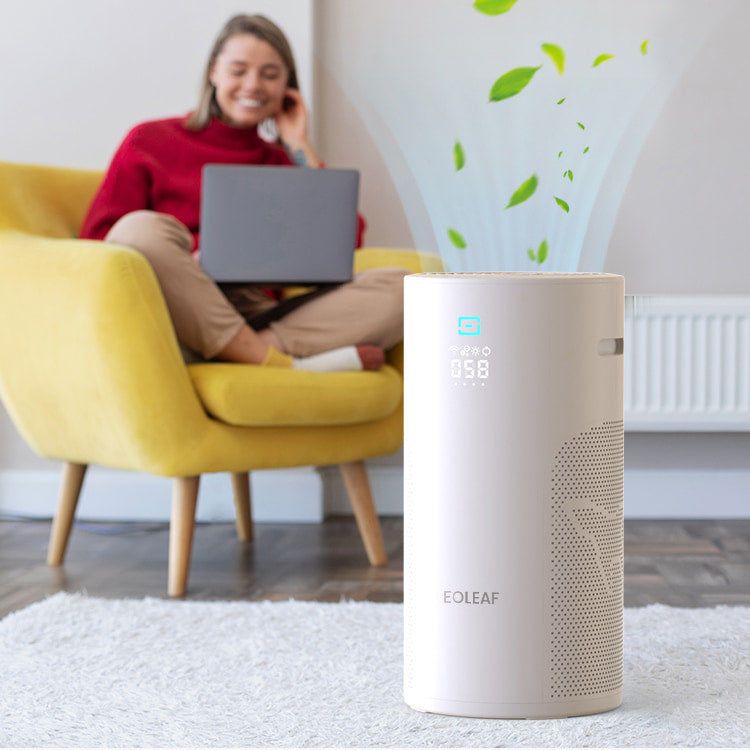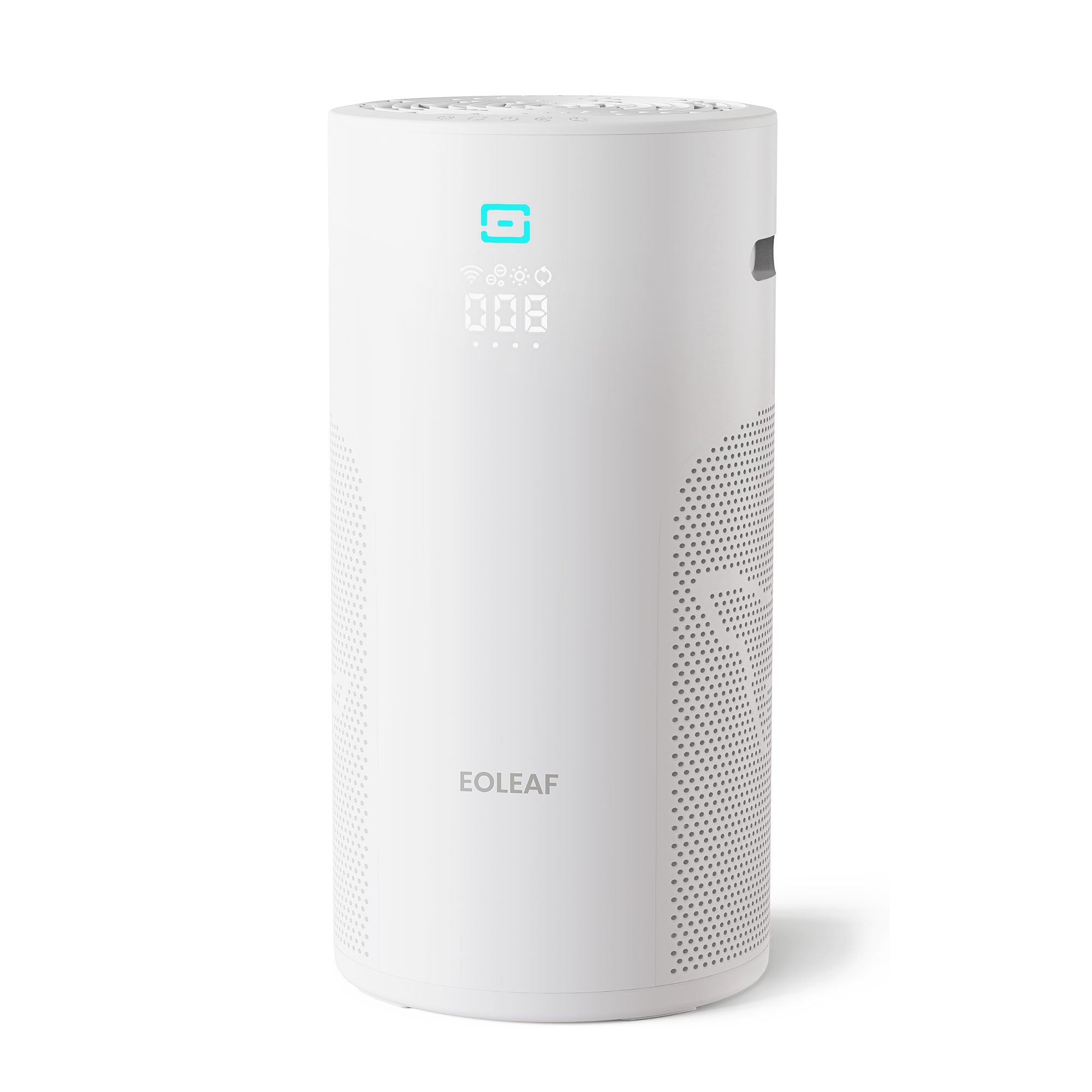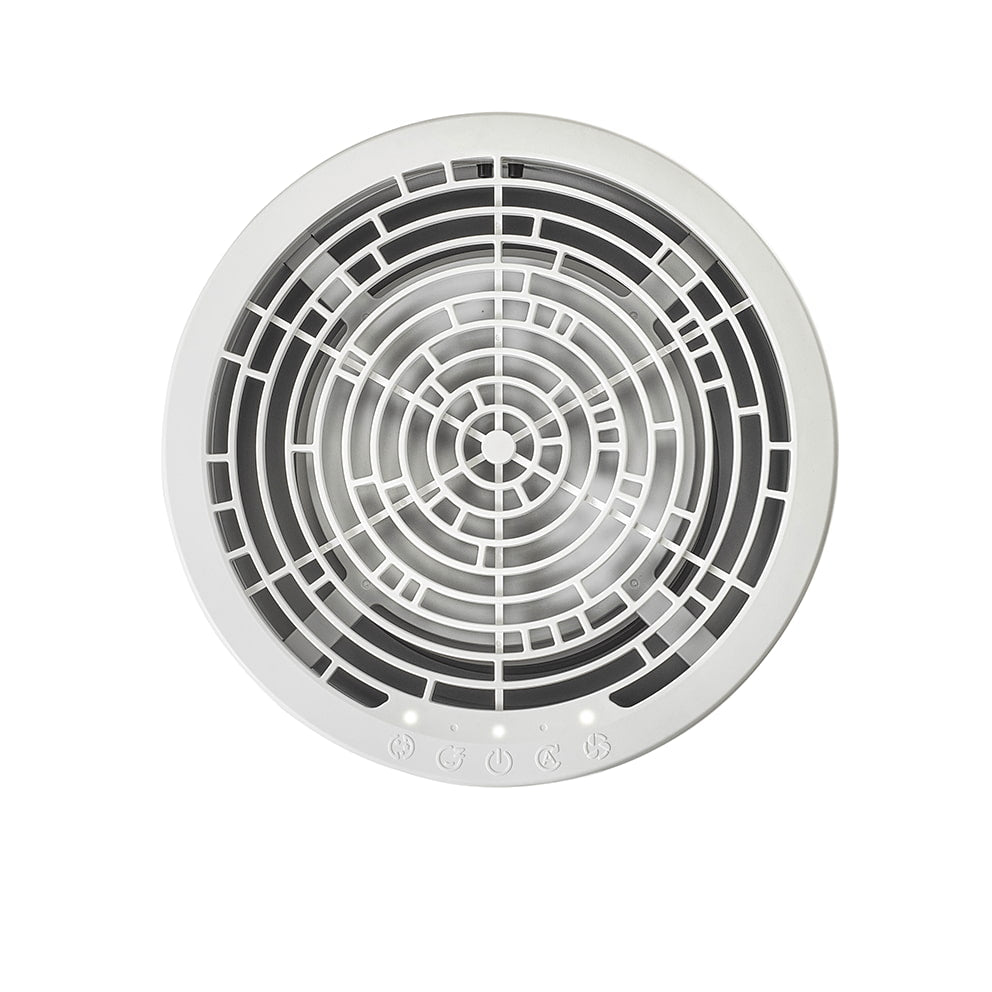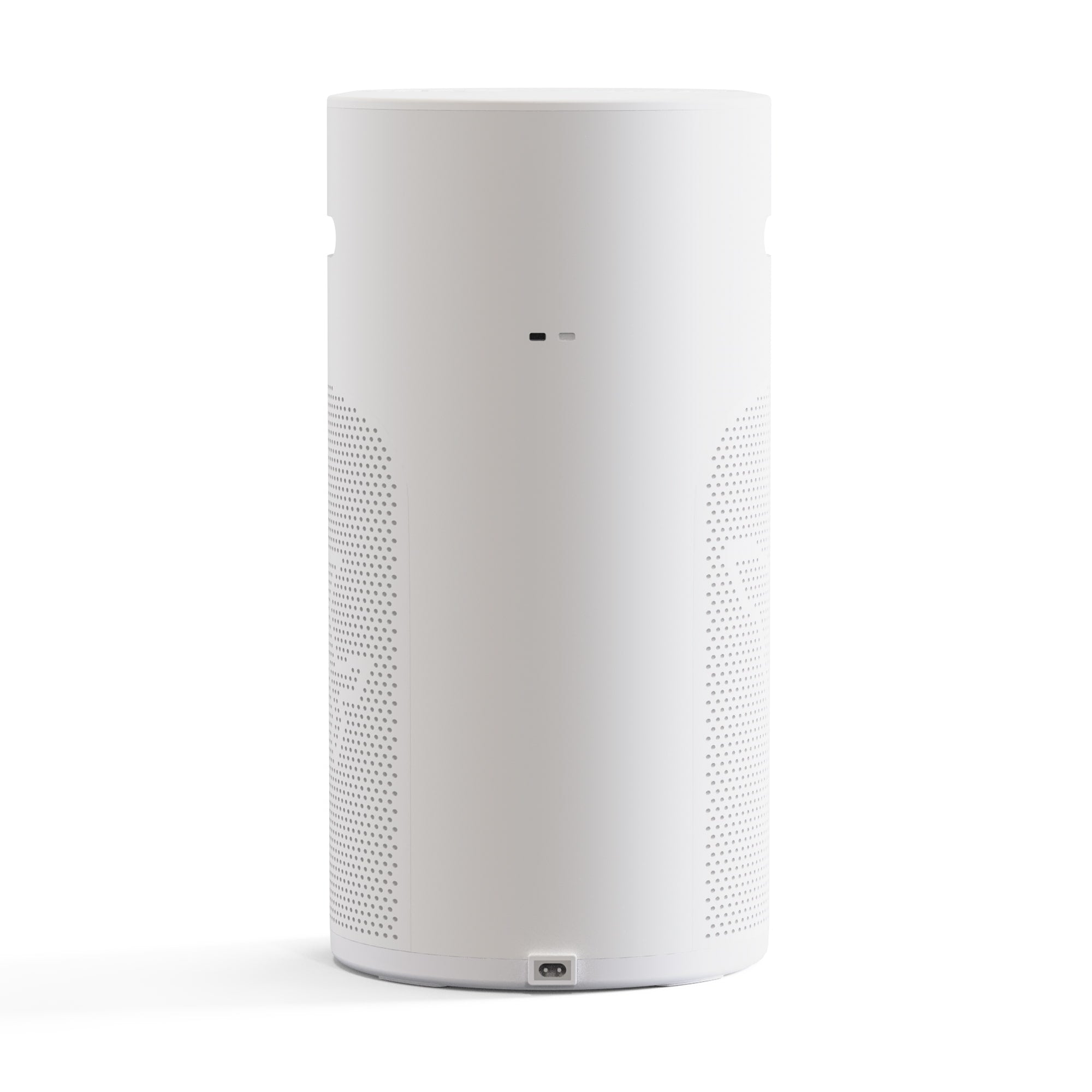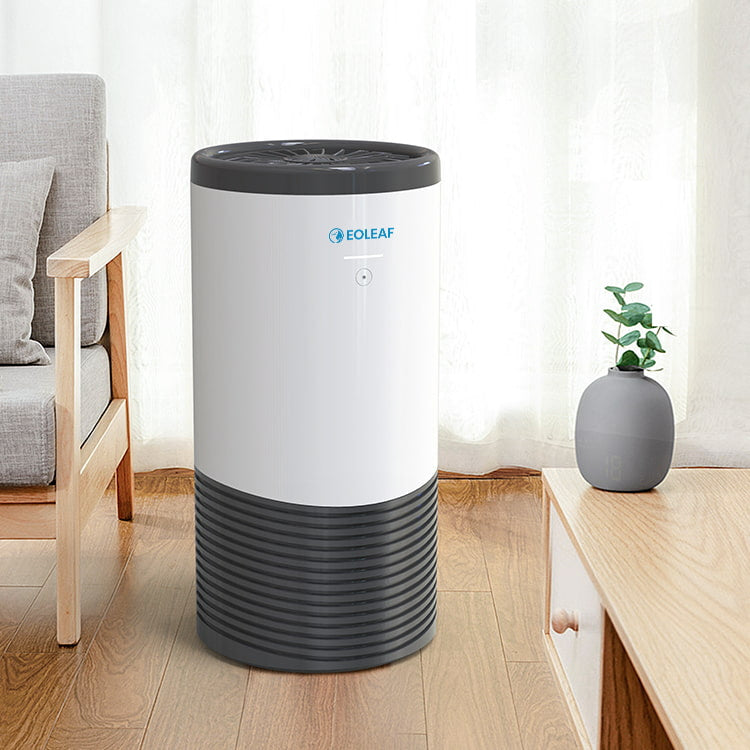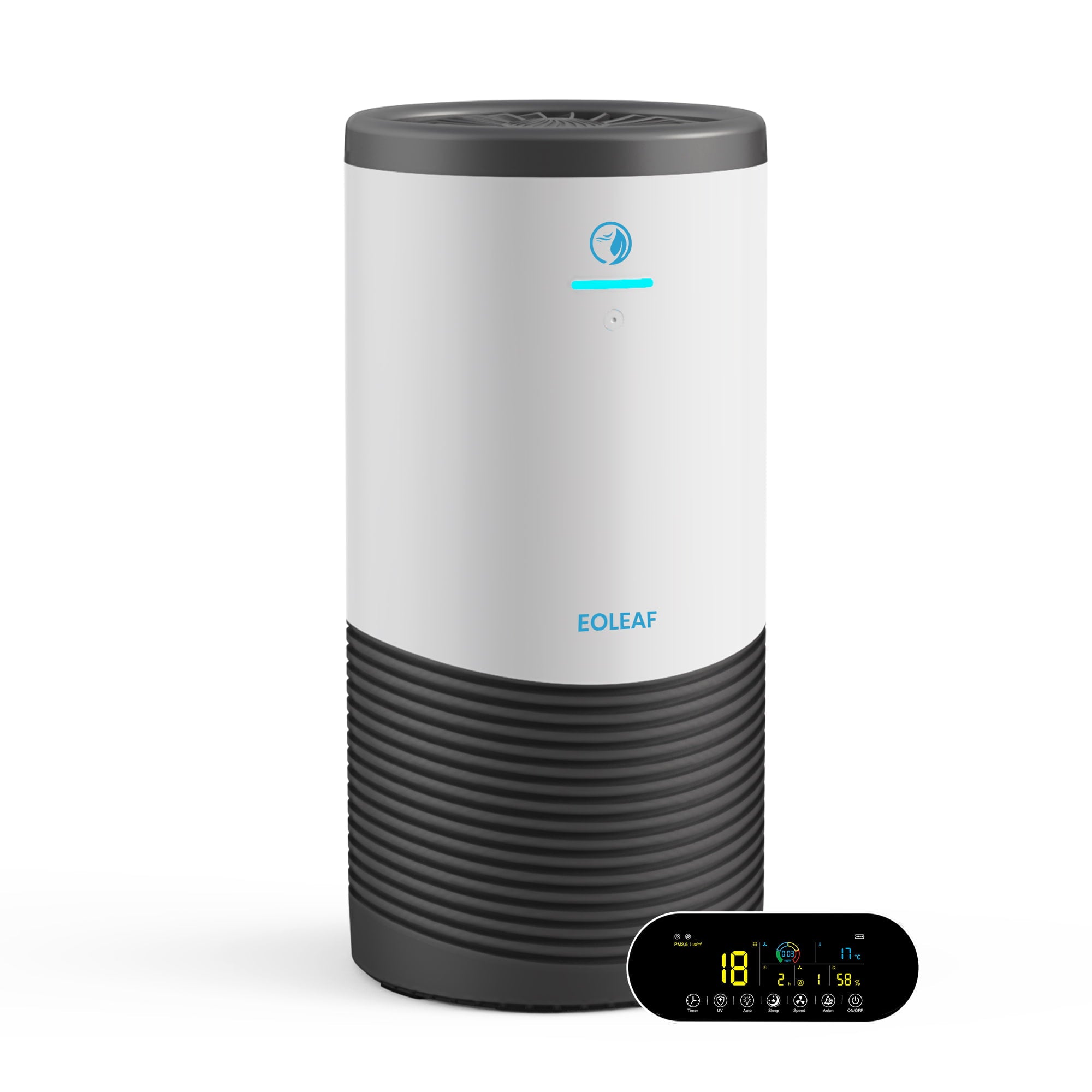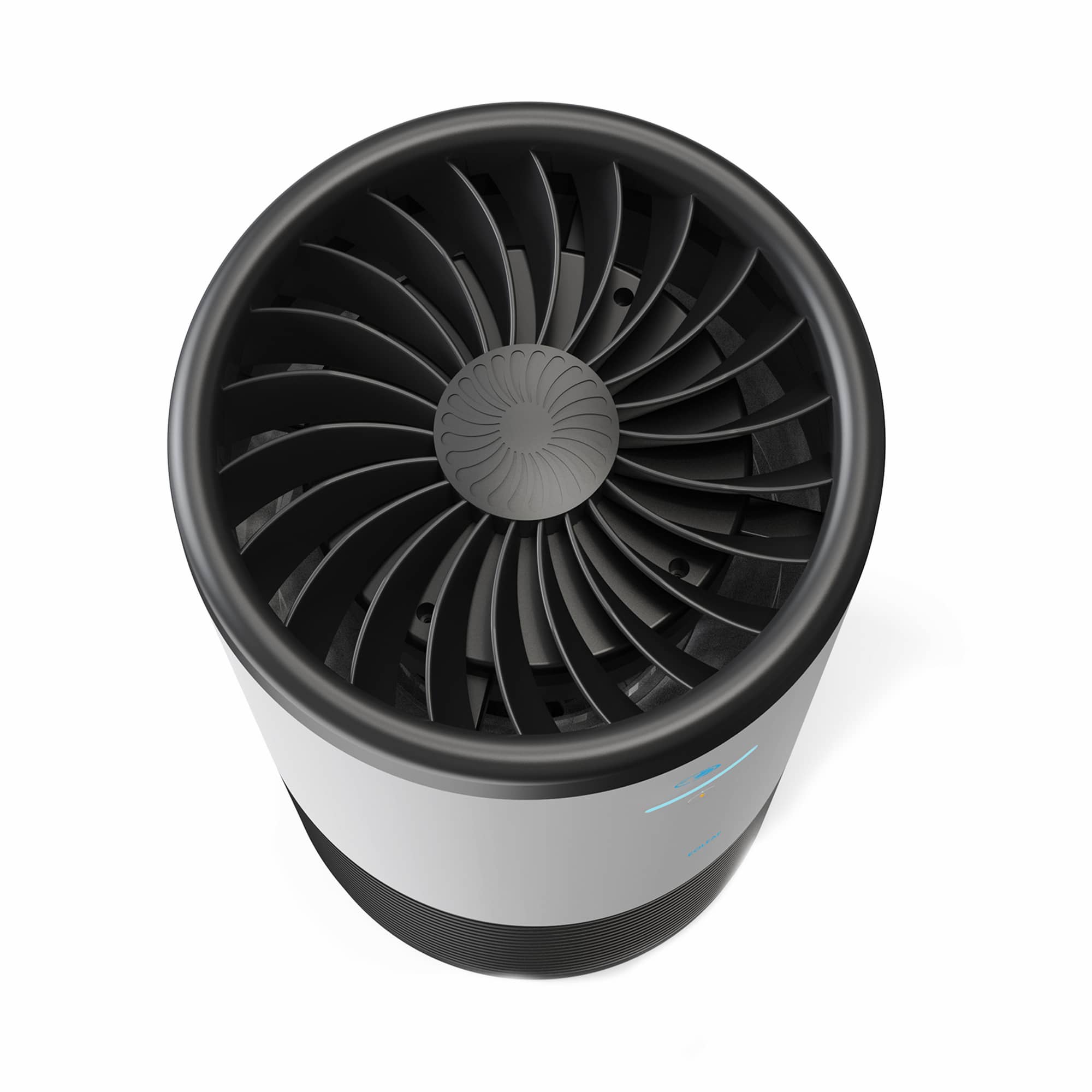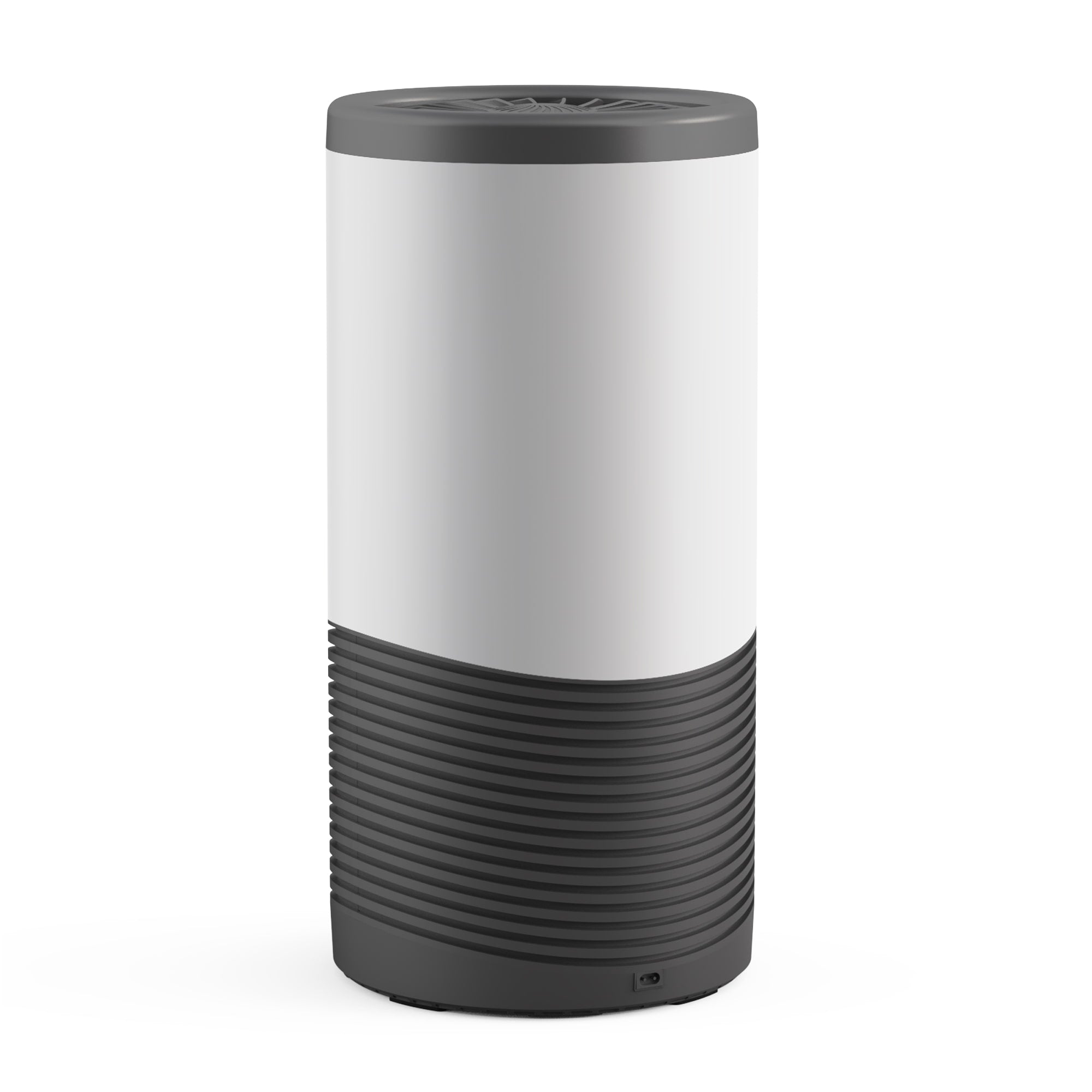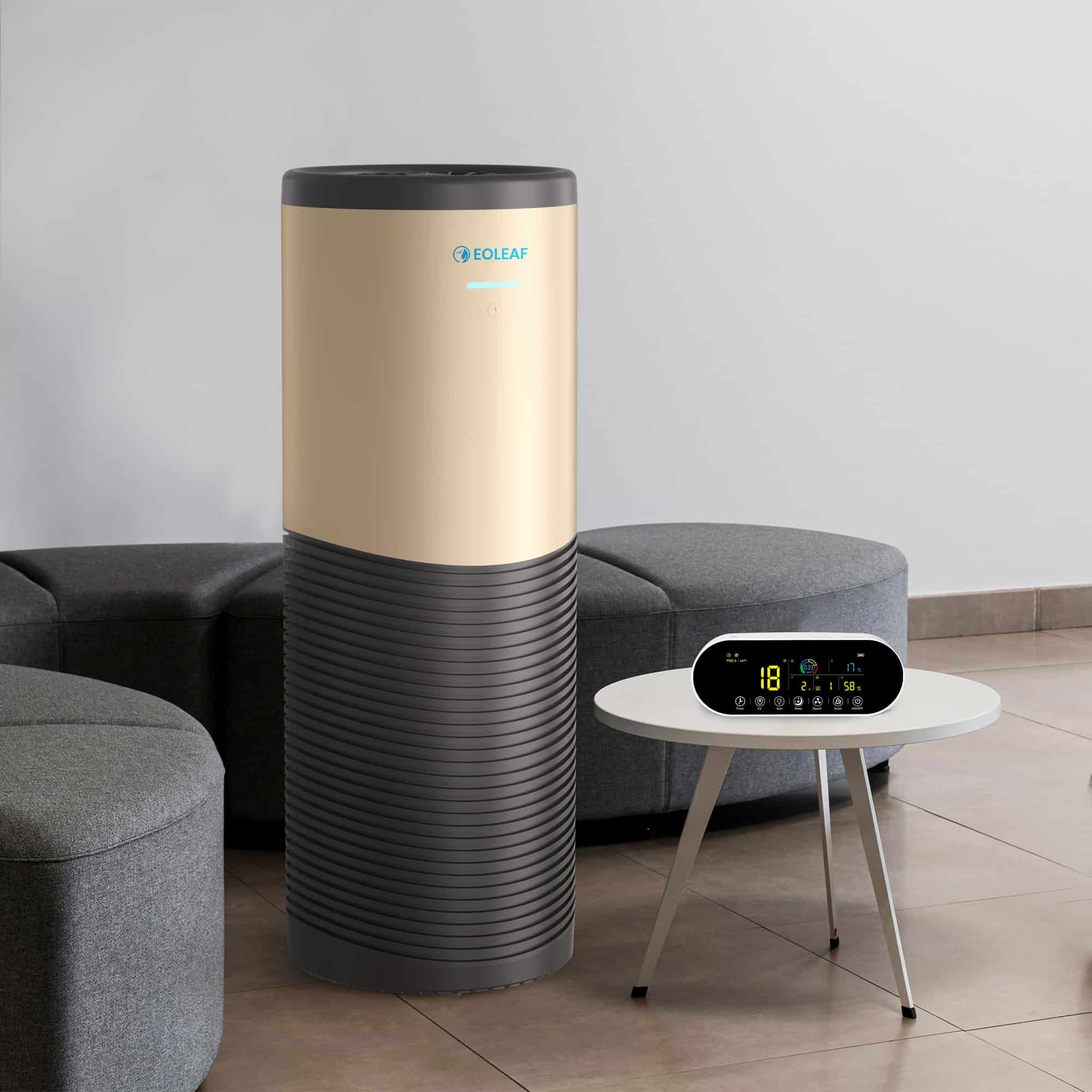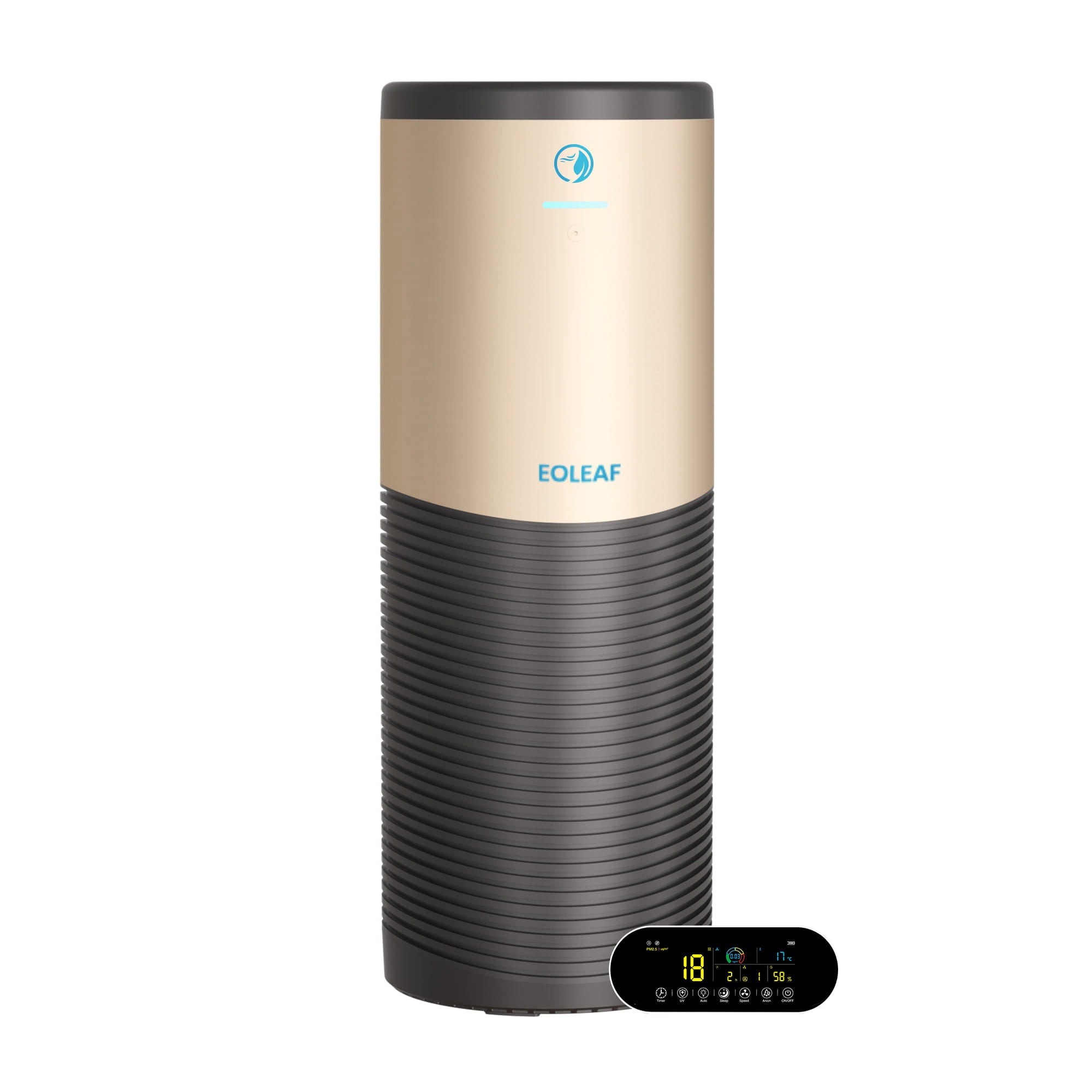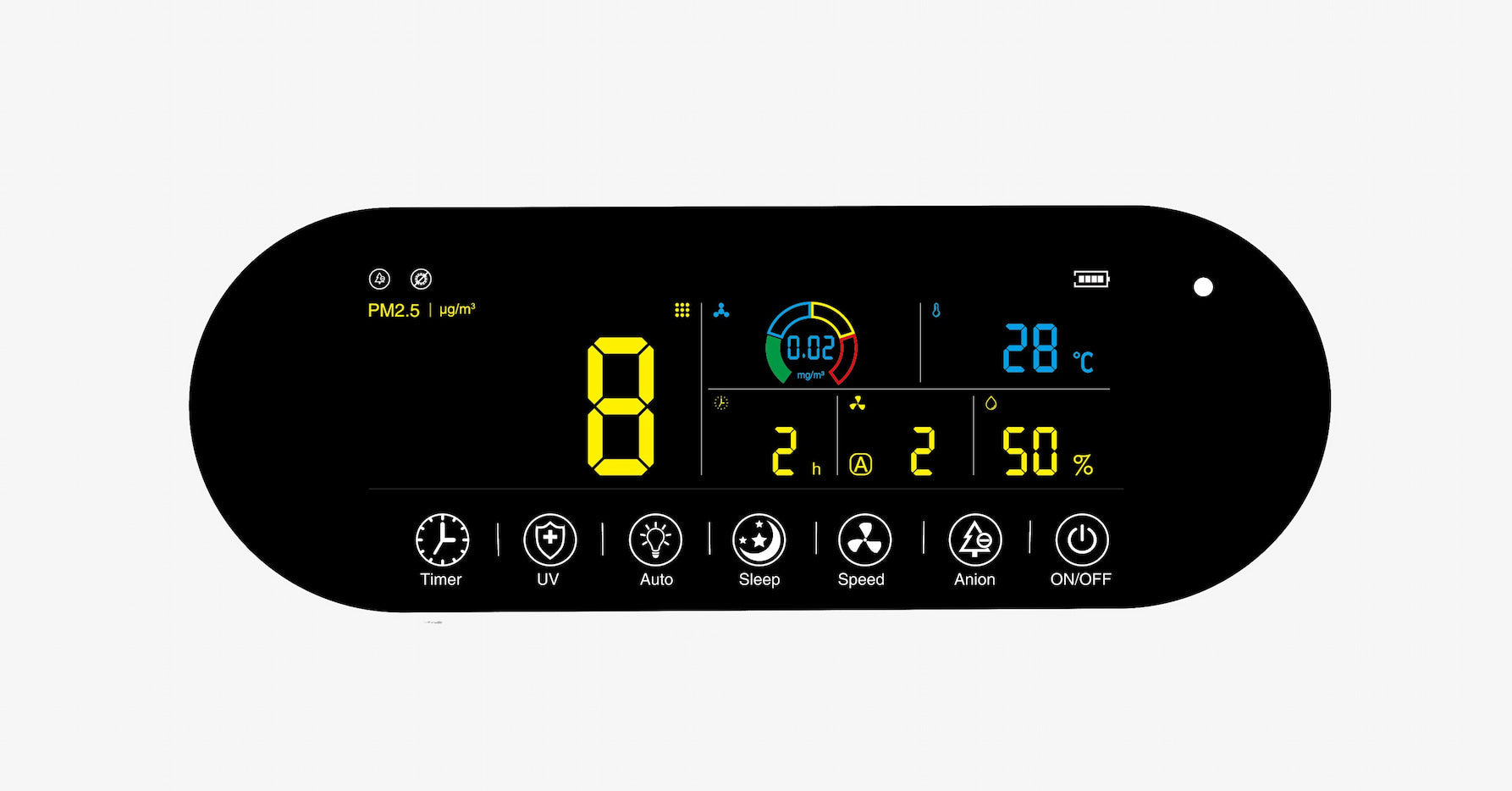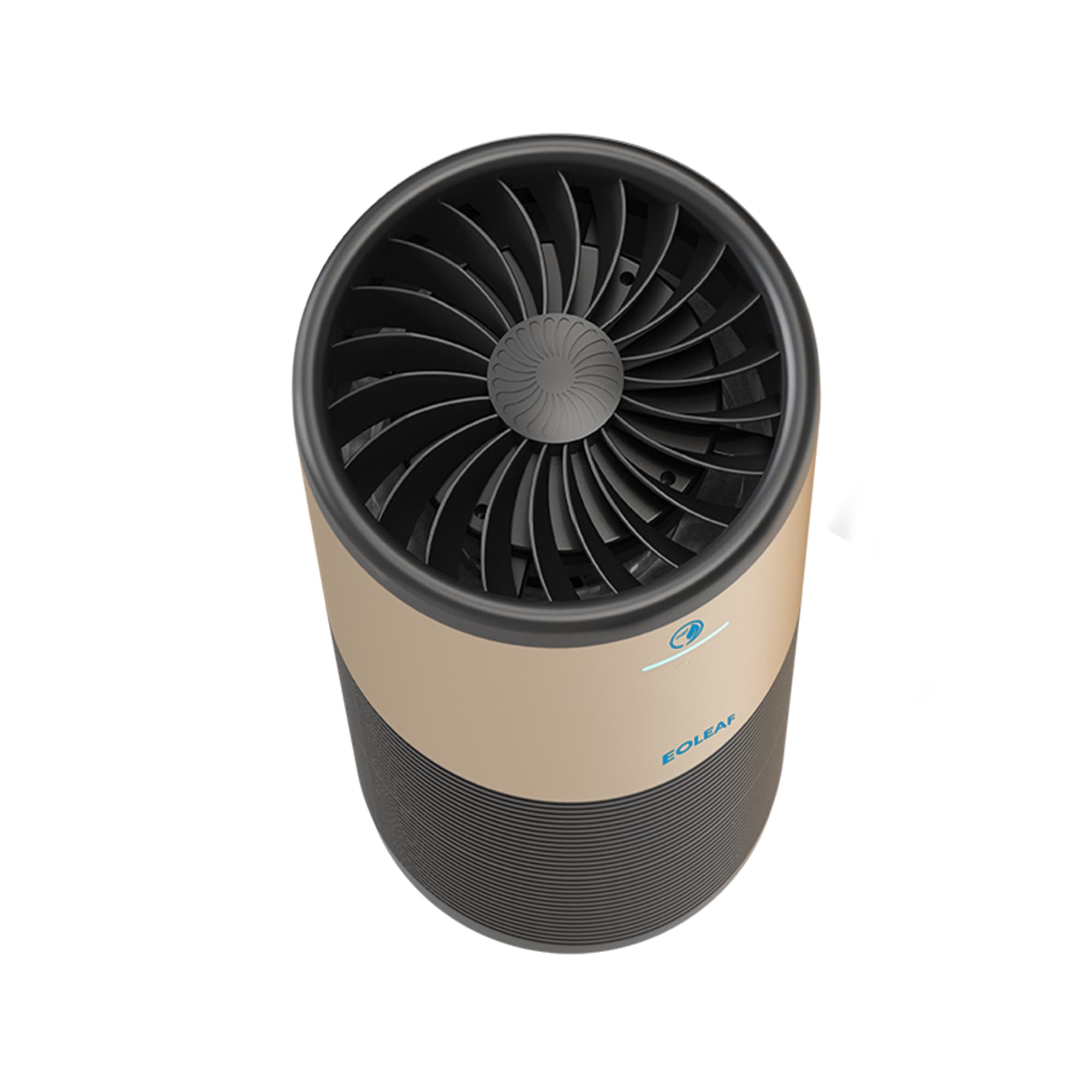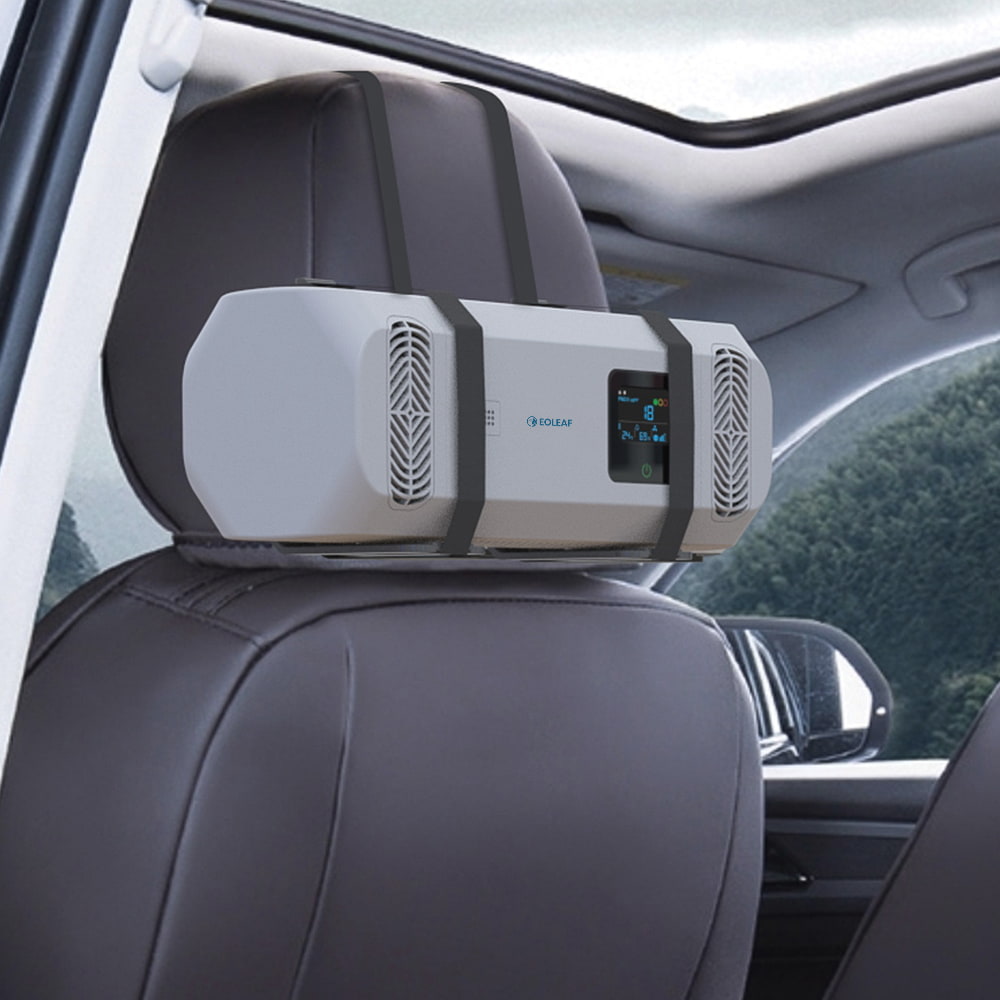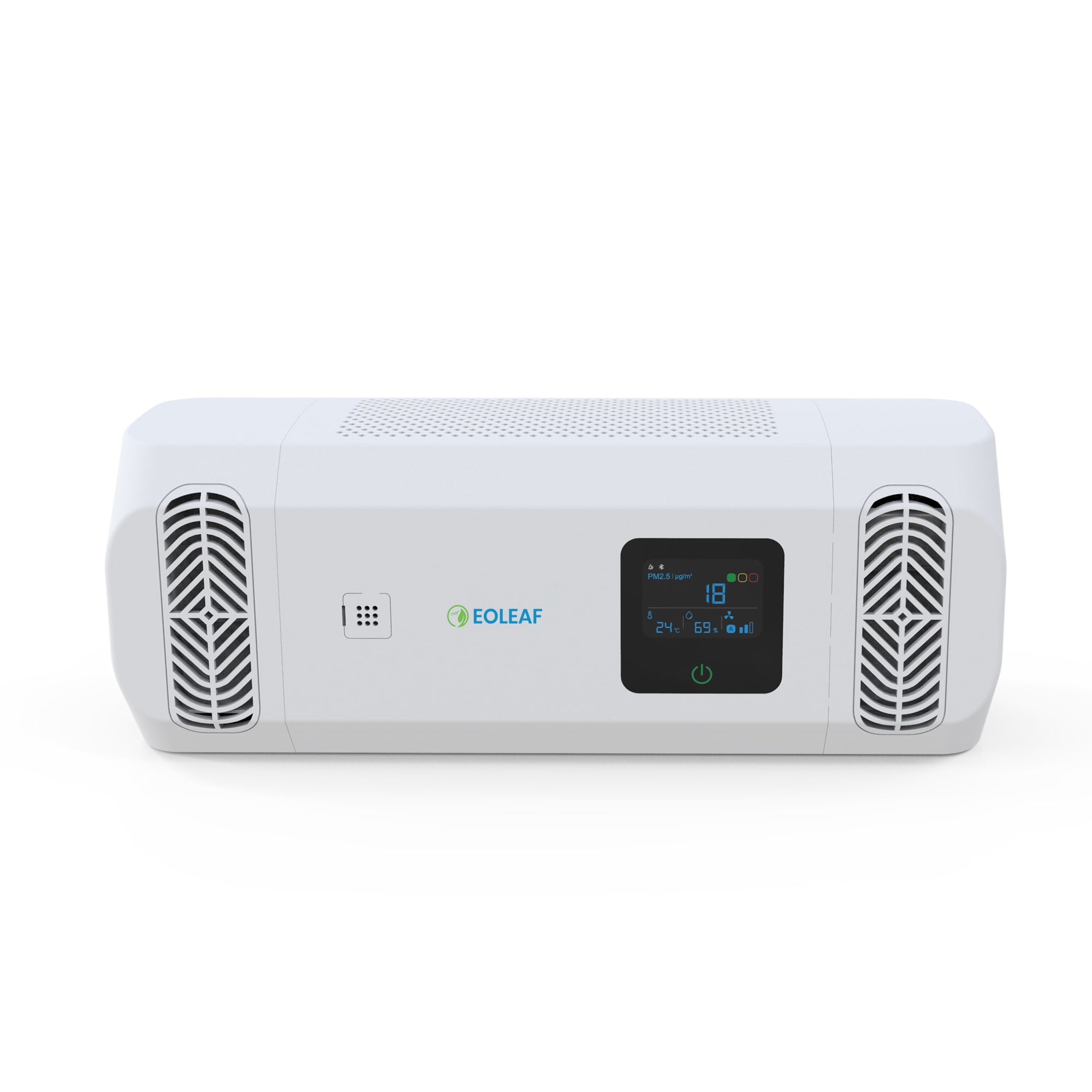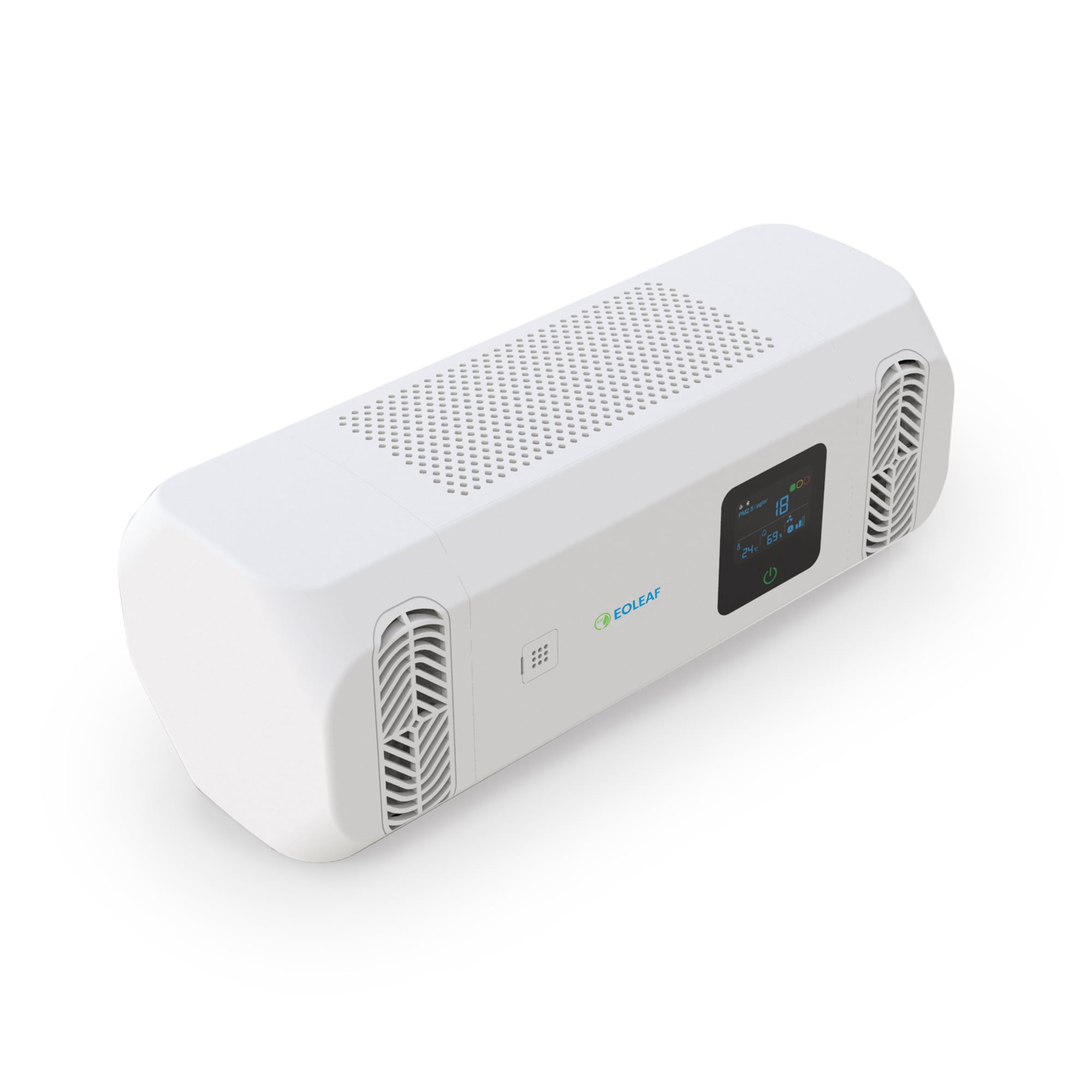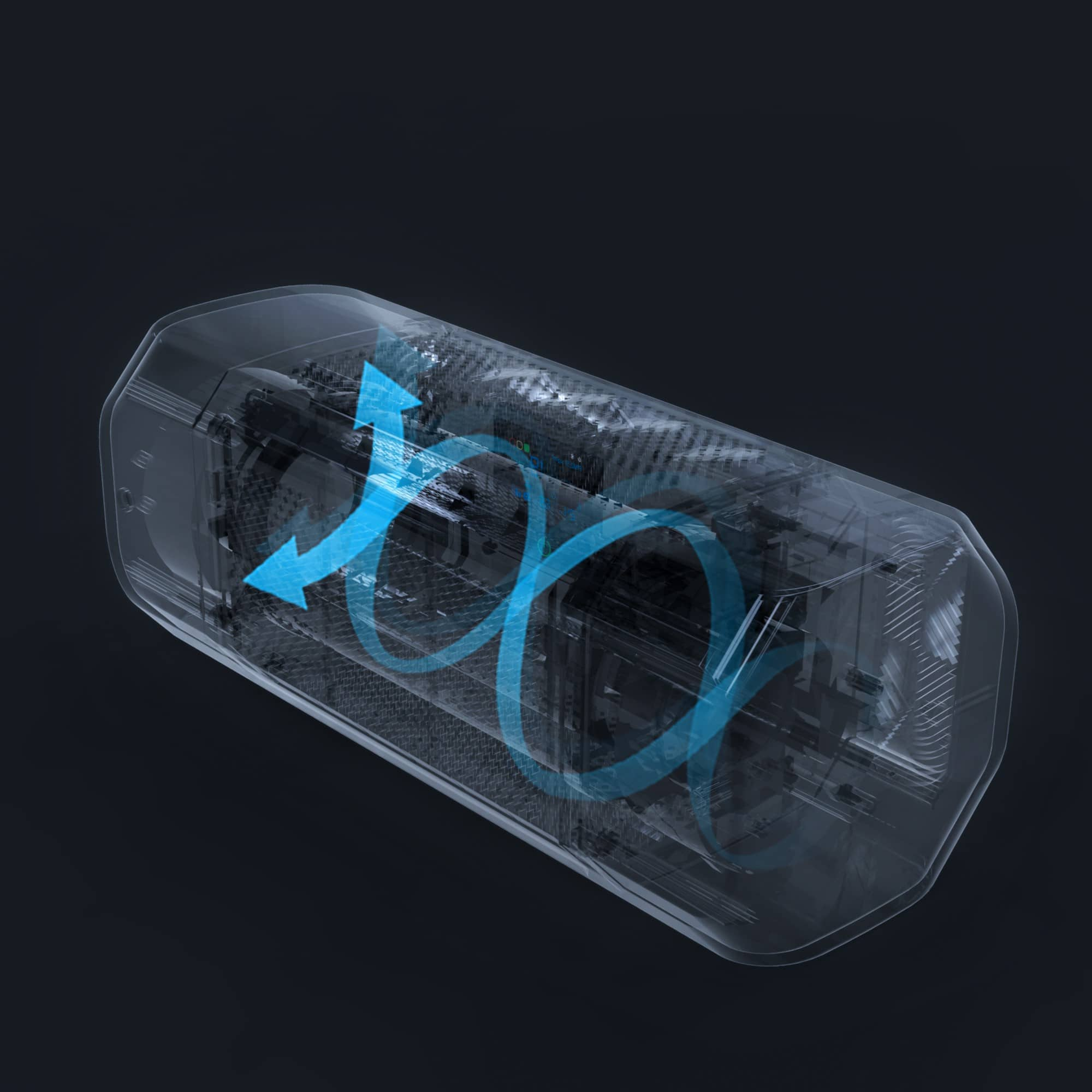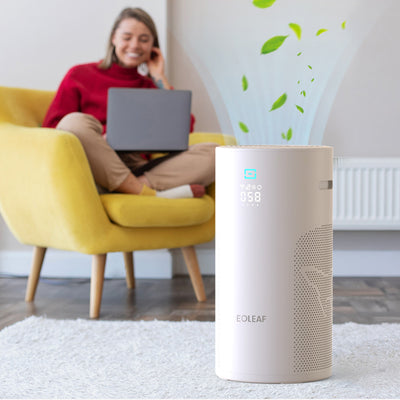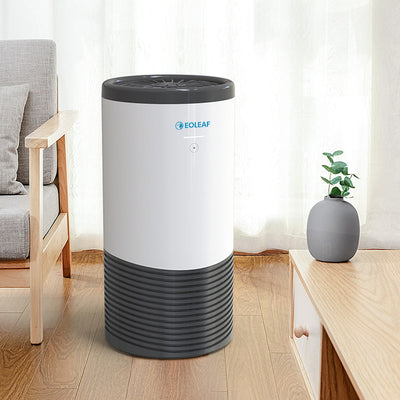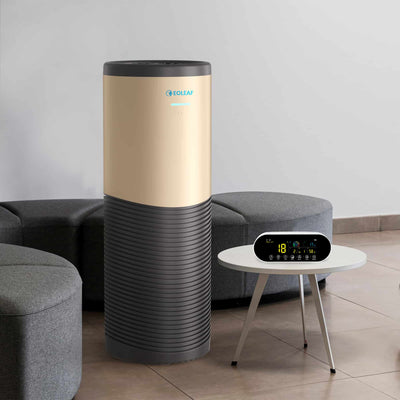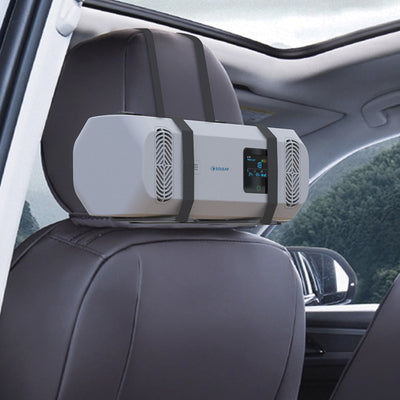Mechanical ventilation systems vs. air purifiers: which one is right for your home?
Indoor air quality has an enormous impact on your health and well-being. The air you breathe in your indoor spaces is essential in supporting a healthy living environment. There are several different ways that indoor air pollution is combatted, two of which include mechanical ventilation systems and air purifiers. What are mechanical ventilation systems? What are air purifiers? Which is best for your needs? Read on to learn more.

What are mechanical ventilation systems and air purifiers?
Mechanical ventilation systems: the basics
Simply put, mechanical ventilation systems are air systems designed to bring fresh air from the outdoors inside, renewing and refreshing stale indoor air. This typically consists of fans, blowers, ducts, basic filters, and heat pumps or cooling pumps (for those that offer heat recovery and/or heating outdoor air) installed into a home that pull in outdoor air and distribute it amongst different rooms of a house or office building.
There are several times of mechanical ventilation systems that exist including:
- Exhaust-only ventilation systems: used only for the removal of stale, humid air from rooms that need it most like bathrooms and kitchens
- Supply-only ventilation systems: used only for bringing in fresh air from the outdoors
- Balanced ventilation systems: remove stale and supply fresh air simultaneously
Installation of a mechanical ventilation system requires a professional installer who will come and install a MVS into the HVAC system of your home or workplace. These systems are equipped with thermostats and humidistats to ensure climate control1.
Mechanical ventilation systems are an effective way to renew indoor air. However, they do have significant downsides:
- High installation costs: in the UK, average costs are from £3000 to £8000 for MV system installation; in the US, installation costs run around $2,800 to $8000
- MV systems typically contain only basic filtration: depending upon the quality of your outdoor air, the ‘fresh’ air you are bringing in from outdoors may be polluted, putting your health at risk
- Space requirements: MV systems require significant amounts of space since they require fans, duct work, blowers, and more
- Power consumption and maintenance: MV systems require energy to run and regular maintenance, further contributing to your budget
Air purifiers
Air purifiers are stand alone or wall-mounted devices that serve to remove contaminants from your indoor air. An air purifier draws in contaminated air, uses filters to purify the air inside the device, and then releases the cleaned air back into your space.
In recent years, air purifiers have exploded in popularity. That said, the market is flooded with devices of varying technologies, costs, and quality. With so many choices, it may be hard to choose the right one for your needs (and mostly, to choose one that is, in fact, effective against the types of pollutants you are hoping to target!).

Key technologies
Air purifiers typically offer one or two air purification technologies. The most common are:
- A HEPA or ‘HEPA-type’ filter for targeting fine particles
- An activated carbon filter for targeting harmful gaseous pollutants
In the field of air purification, ‘HEPA’ (High-Efficiency Particulate Air) is often regarded as the gold standard in air filtration. When purchasing an air purifier, many buyers look for the HEPA certification because it is a guarantee of efficacy, particularly when it comes to removing fine particles from indoor air. However, not all air purifiers that claim to be equipped with a HEPA filter are certified: some companies use HEPA as a marketing gimmick to pull in customers. This is a highly misleading practice because these air purifiers are not third-party tested to guarantee their efficacy. Be sure to seek out the words ‘HEPA-certified’ when browsing for an air purifier.
Activated carbon is another essential technology that is often found in air purifiers. Activated carbon serves as a complement to HEPA filtration because it targets air pollutants that HEPA cannot: unpleasant odours and harmful gases like VOCs, ozone, carbon monoxide, and even airborne radon. Like HEPA filters, not all activated carbon are created equal: the heavier the activated carbon filter, the better.
If you are in the market for an air purifier, it is even better to purchase one that contains more than the above technologies. Eoleaf devices, for example, contain a whopping 8 technologies, significantly more than any other air purifier on the market. Each technology is designed to target different pollutants as summarised below:
- Pre-filter: coarse particles like hair that may damage the filter
- HEPA H13-certified filter: fine particles down to 0.01 microns (including PM10, PM2.5, and PM0.1)
- Activated carbon filter: harmful gases (VOCs, ozone, carbon monoxide, radon) and odours
- Photocatalysis: chemical pollutants and complex gases including VOCs
- UVC sterilisation: germs (bacteria and viruses) and filter sterilisation
- Ionisation: fine and nanoparticle pollution

Comparing mechanical ventilation systems and air purifiers
Core differences
Mechanical ventilation air systems and air purifiers do not serve the same purpose. Mechanical ventilation systems aim to circulate indoor air by bringing outdoor air inside, reducing the accumulation of stale air. These systems serve as air exchange.
Air purifiers, on the other hand, aim to remove harmful and dangerous pollution from indoor air. They clean the air that is present in your space and filter out particles that may cause danger to your health.
In summary, ventilation systems replace indoor air with air from outdoors. Air purifiers clean indoor air.
Advantages of air purifiers
Comparing mechanical ventilation systems with air purifiers is a bit like comparing apples and oranges. One circulates indoor air and one filters it. Yes, mechanical ventilation systems do typically contain filters, but they are basic and do not target all forms of air pollution. Ideally, using an air purifier in tandem with a form of improved ventilation would be the best way to ensure improved indoor air quality. Whether this be increased manual ventilation (opening doors and windows more often) or improving ventilation with a mechanical ventilation system, it is always a good idea to improve ventilation in the home.
Remove harmful particles
For those who suffer from respiratory diseases like asthma, allergies, COPD, lung cancer, and more (as well as for those simply looking to protect their health from air pollution!), removing irritants and pollutants rather than just replacing indoor air with air from outside is essential. High-quality air purifiers are designed to remove allergens, smoke, fine particles (PM10, PM2.5, PM0.1), and chemical pollution (VOCs, carbon monoxide, ozone) from your indoor breathing air. These pollutants are often the source of triggering respiratory disease symptoms.
It is important to remember that indoor air is often 2 to 5 times more polluted than outdoor air and contains the same types of pollution that you find outdoors. If you live in a place that has high levels of outdoor pollution (such as urban or industrial areas), a mechanical ventilation system will simply bring those outdoor pollutants indoors where they become trapped, accumulate, and pose danger to your health.

Disadvantages of mechanical filtration systems
Limited filtration capacities
As mentioned above, mechanical ventilation systems may come equipped with a filter like a G4, F7, or HEPA H10 or H11 filter. G4 filters target coarse particles like dust and pollen, F7 filters remove particles down to a size of 1 micron, and HEPA H10 or H11 filter 85% and 95% of particles of 0.1 microns in size (respectively). These filters are not nearly as effective at removing fine particles as medical-grade HEPA filters like HEPA H13 (those used in Eoleaf devices) which remove 99.97% of all particles down to 0.01 microns in a single pass. Mechanical ventilation systems also do not come equipped with activated carbon filters or other types of filtration technologies, making them incapable of removing other types of air pollutants or odours2.
Less installation involved
Air purifiers are very easy to install, especially standalone air purifiers like those on offer at Eoleaf. As standalone air purifiers, Eoleaf devices are ‘plug & play’, meaning that they just need to be plugged in and are ready to go. Mechanical ventilation systems require a complete overhaul of your ventilation system and home. Furthermore, installation must be performed by a professional.
Why choose Eoleaf air purifier for your indoor air quality needs?
Advanced technologies for superior filtration
Most air purifiers are equipped with just one or two air filtration methods: a HEPA or HEPA-type filter and an activated carbon filter. Yes, these technologies are effective, but these technology claims may vary significantly in quality. Many air purifier models will claim to have a HEPA filter without being certified, meaning that they have not been third-party tested for efficiency. Regarding activated carbon filters, the heavier they are, the better, and some air purifiers contain the bare minimum just to be able to claim that they have an activated carbon filter. These challenges (and this is only the tip of the iceberg since the market is flooded with poor-quality air purification products!) may make it difficult for the consumer to choose a device that provides the best possible air filtration.
Eoleaf air purifiers are unique on the market. They are the only air purifiers to come equipped with 8 different air filtration layers, all of which target a different form of air pollution, providing one of the most comprehensive air purification options available. With Eoleaf devices, you can rest assured that your air will be cleared of all three types of air pollution: fine particle pollution, chemical pollution, and biological pollution.
We have improved our products significantly in the past year. Our devices are now quieter than ever and consume very little energy. Read more about our improvements here.
Designed for modern homes
Our devices are incredibly powerful but still remain compact. They have a neutral design, allowing them to blend in seamlessly in any home decor. We have a variety of models to cater to spaces of all sizes:
- NeoPur 400: small spaces of up to 40 m2 (450 sq ft)
- TeraPur 600: medium-sized spaces of up to 80 m2 (850 sq ft)
- AltaPur 700: large spaces of up to 120 m2 (1300 sq ft)
Trusted by thousands across the world
Eoleaf has grown substantially in presence and reputation throughout Europe and the UK. We are growing fast, expanding into other parts of the world and now offering worldwide shipping. Breathing cleaner air with Eoleaf’s high-end air purifiers has never been easier! Let us help you take a breath of fresh air and protect your health from the dangers of indoor air pollution.

Frequently asked questions
Can air purifiers replace ventilation systems?
No. Indoor spaces should always be properly ventilated. Whether that means installing a mechanical ventilation system or increasing manual ventilation (opening doors and windows more often), ventilation is essential in preventing the accumulation of stale indoor air. However, ventilation does not purify or filter air that enters from outdoors which may be polluted, posing danger to your health. Using both proper ventilation and air purification are highly recommended in order to achieve healthy indoor air.
How often should filters be replaced?
All air purifiers have different filter replacement requirements. Generally speaking, air purifiers with lower-quality filters require replacing more often, whereas higher-quality filters require replacing less often. Eoleaf air purifiers, equipped with high-quality filters, only require filter replacements once per year (every 12 months on average).
Are air purifiers effective against viruses like COVID-19?
Some are, but not all. Eoleaf air purifiers are equipped with HEPA H13-certified filters which fall under the category of ‘medical-grade’. This means that they are used in medical settings and filter even the smallest particles, including germs like bacteria and viruses like COVID-19.
Which solution is best for allergy sufferers?
Allergy sufferers, as well as those with other respiratory symptoms, should invest in an air purifier that will guarantee the removal of fine particles that irritate the airway. A filter that is HEPA-certified is crucial, but a HEPA-certified filter that is medical-grade is even better. Eoleaf devices are all equipped with HEPA H13-certified filters that guarantee the removal of 99.97% of pollutants down to a size of 0.01 microns in a single pass.
Resources
1 Mechanical Ventilation Systems. StudySmarter UK. (n.d.). https://www.studysmarter.co.uk/explanations/architecture/mechanical-systems-in-architecture-design/mechanical-ventilation-systems/
2 Z-line air filter G4 for FFH 250 - 315 - LFZ 25 G4. Ventilationland. (n.d.). https://www.ventilationland.co.uk/en_GB/p/z-line-air-filter-g4-for-ffh-250-315-lfz-25-g4/7844/
Eoleaf's range of air purifiers
NeoPur 400 air purifier
40 m² (450 sq ft) coverage area - Smart & Connected
TeraPur 600 air purifier
80 m² (850 sq ft) coverage area - Ultimate all-in-one
AltaPur 700 air purifier
120 m² (1300 sq ft) coverage area - Professional model
PurCar air purifier
HEPA H13 Filter & Ioniser - For all vehicles

